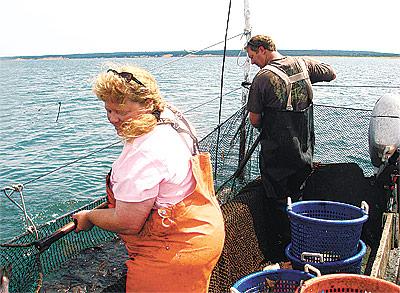Tuesday Quake Felt Here
Tuesday Quake Felt Here

An earthquake measuring 5.9 on the Richter scale and centered near Mineral, Va., 83 miles southwest of Washington, D.C., at 1:51 p.m. on Tuesday afternoon, sent shock waves across the East End and much of the East Coast.
East Hampton Town Police Capt. Mike Sarlo said Tuesday that police had received calls from residents curious about what had happened, but that there had been no reports of problems or incidents related to the earthquake.
The quake was reportedly felt across the Eastern Seaboard, as far north as Concord, N.H., as far south as North Carolina, and as far west as Detroit. In downtown Washington, the Capitol buildings, White House, and many office buildings were evacuated. The Washington Monument has been closed following the discovery of a crack near its top and the National Cathedral’s central tower and three of its spires were also damaged. In East Hampton, where the quake was much less intense, people left public buildings and offices of their own accord, but many people posting on Facebook said that by the time they realized what they were experiencing, it was over.
Though infrequent, minor tremors are not unheard of in New York. In November, Suffolk County felt the shaking of a 3.9 magnitude quake centered about 80 miles southeast of Southampton. Speaking in a television interview yesterday morning, Lucy Jones, a seismologist with the United States Geological Survey, said that the last time the East Coast had a quake of Tuesday’s strength was in 1897.
The Richter scale measures earthquakes according to their magnitude, beginning with a designation of 2.0 — a quake whose effects are felt only nearby, if at all — and ranging to a 9.5 rating.
An increase of one unit on the Richter scale corresponds to a tenfold increase in the amplitude of the seismic waves that shake the ground. According to the Richter scale, an earthquake under 6.0 can cause “at most slight damage to well-designed buildings,” but can cause major damage to poorly constructed buildings. Quakes measuring 6.1 to 6.9 can cause destruction in areas up to 100 kilometers from their epicenter. A 1960 earthquake measuring 9.5 on the Richter scale was the largest ever recorded. The earthquake in Japan in March this year measured 9.0.
The East Coast quake followed two earthquakes in Colorado, one Tuesday measuring 5.3 on the Richter scale, and another Monday that measured 4.6.





